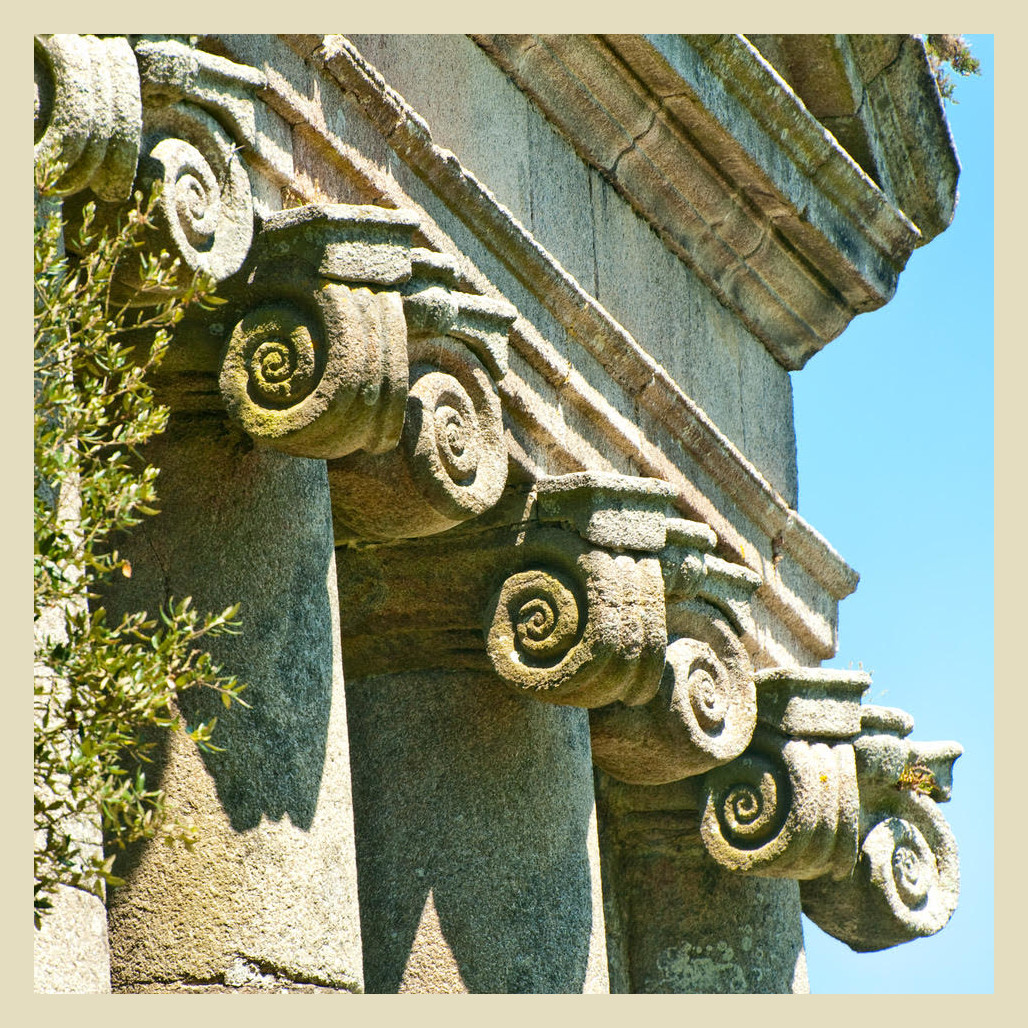We know this powerful place provokes curiosity. Through this website and the FAQs below, we’ve tried to respond to your questions. If there’s anything else you would like to know, then please do get in touch.
Please take part in our survey! It will help us shape our public offer to better meet people’s needs. Fill in our research survey here.
Can I visit?
While Carclew’s ruins are a place of beauty, they are currently structurally unsound, so also a place of danger. We are a working, local community (not an organisation) so currently can only offer limited opportunities to visit the site safely.
In the future we hope to open up the site through personal guided tours, exhibitions and other encounters. Please bear with us while we find a safe and meaningful opportunity to invite you to this very special place.
Exploring together: We are a community bound by our shared love of discovery and adventure. But responsible exploration is essential. It is important to consider the principles guiding our footsteps and shaping our interactions with the world around us. Great ruins and historical sites are not relics of the past; they are windows into our heritage and our collective future.
In the pursuit of hidden wonders and forgotten realms, we must all uphold the values of privacy, environmental stewardship, and responsibility towards the land and the people and animals it sustains.
Together, we can forge a path of responsible discovery that honours the land, respects its inhabitants and celebrates the enduring legacy of our shared history. If you have a story or photograph you’d like to share, or for further information about Carclew Mansion and Carclew Remains, please get in touch.
Where are the remains of the House?
Currently, there is no public access to the site, or visitor facilities, although we are working towards changing this in the long-term future.
Privacy matters: Every abandoned building and secluded space holds its own story, but it’s essential to remember that these are not places of the past, they are someone’s home, workplace, or sanctuary. Respect the privacy of those who live here by refraining from trespassing on private property and honouring boundaries set by owners and authorities.
Why is this place important?
Not only are Carclew Remains Grade II* listed, but this is an Area of Natural Beauty (AONB – now known as a National Landscape) and a designated Cornish Mining World Heritage site. The site has connections that reach into Truro, Falmouth, across Cornwall and around the world.
Stewardship of the land: We have a duty to protect the area’s delicate ecosystems and natural beauty. This is not wild or abandoned, but a place being carefully managed and preserved. As owners and good neighbours, we take our stewardship seriously. We tread lightly on this land and are in the process of making it safe so that future generations can enjoy and learn from it too.
How can we help to protect this place?
As we work to protect this land and its stories for future generations we ask that you seek to understand the cultural significance of places like Carclew Remains without trespass or harm.
We can embrace the responsibility of preserving these treasures by advocating for their protection, supporting conservation efforts, and acknowledging that in-person exploration is not always feasible. By safeguarding our history, we enrich the tapestry of human experience for generations to come.
Community and collaboration: We, too, have a shared appreciation for history and heritage. But it is important to also consider the impact of trespassing on such a fragile site. Please get in touch if you have some research or a story you would like to share with us, or want to know more about what we’re doing here.
